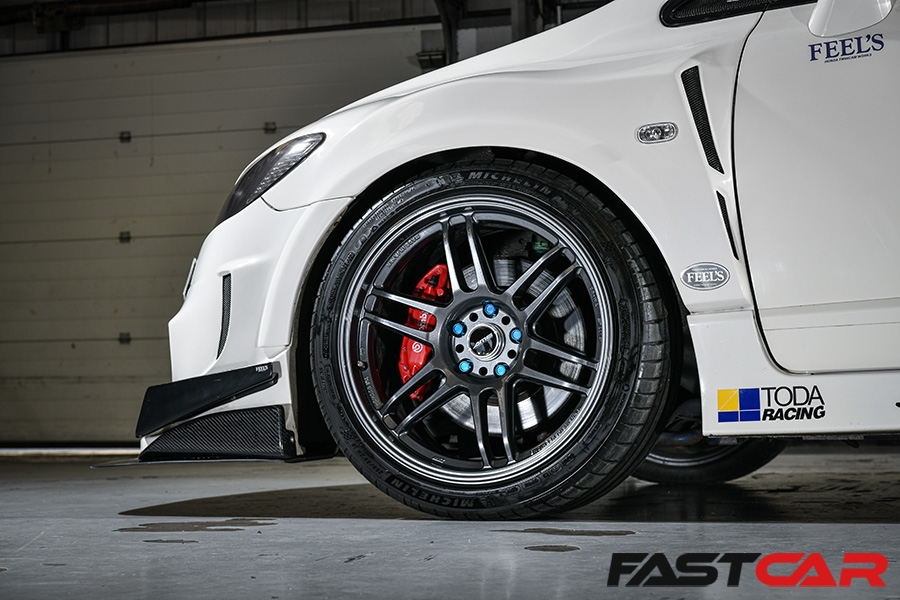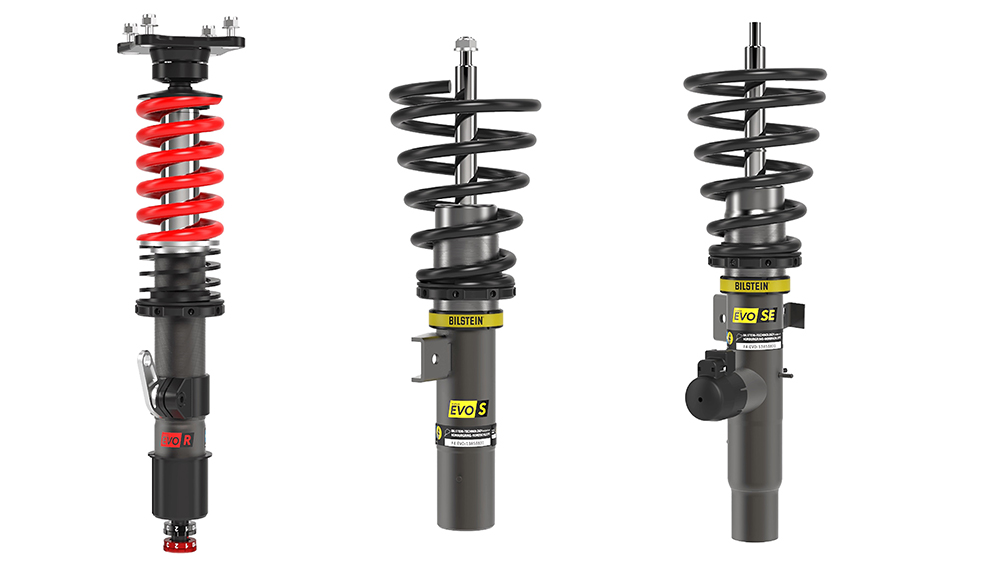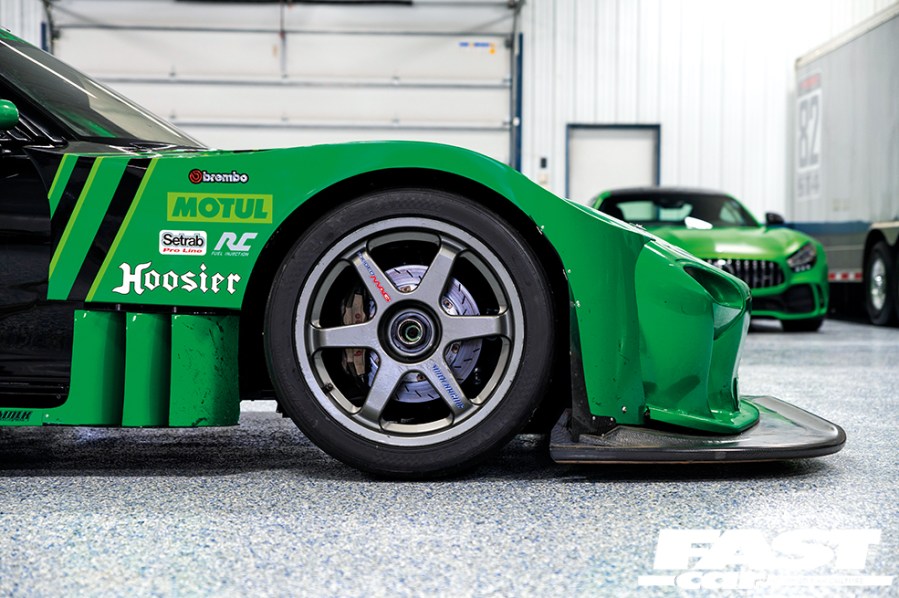We take an in depth look at a crucial car suspension modification you should make when improving your vehicle’s handling, coilovers. We’ll look at what they are, how they work and why you need them in this guide.
When modifying a car, one of the first things people look at is the suspension. Lowering the car and fitting new wheels to improve the look have been some of most popular tuning upgrades since the dawn of time. Coilovers are the natural progression of any person looking to improve a car’s handling. Offering adjustable ride height, damper rates and other features, they’re the ultimate in car handling. This guide to coilovers will help explain what they are, and why you should consider them.
What are coilovers and what do they do?
A coilover is literally a spring-over-damper suspension unit. The name is a bit misleading though, as most OE suspension is typically coilover at the front. At the rear, they usually feature separate spring and damper units on the rear. But in the performance modifying scene, the term ‘coilover’ is mostly used to refer to suspension, typically aftermarket, that allows for a minimum of ride height adjustment. Most kits also feature some form of damping adjustment too.

Are they all the same?
No. Different manufacturers offer a wide range of setup options. These range from simple height adjustment to camber, castor, high-speed and low-speed compression, high-speed and low-speed rebound, customized spring and damping rates, remote reservoirs, and so on. Each set is usually optimized for a specific application.
What are they made of?
A typical midrange MacPherson strut front coilover features an aluminum top mount (often with spherical bearing and camber adjustment). It also features an external threaded monotube damper with one-way damping adjustment, an upper spring platform, a coilover spring, a lower spring platform with locking collar, and a steel bottom mount. More expensive units feature more damping options, and some even have remote oil reservoirs too.
How do coilovers differ from OEM suspension?
Coilovers nearly always lower the vehicle’s ride height and offer uprated damping. Designed to improve handling over comfort, they’re usually lighter and more compact.
Why, or when, would you need to upgrade to coilovers?
Addressing a car’s suspension goes hand-in-hand with improving performance. As a result, it should be high on your list of upgrades as coilovers can often provide the perfect answer. Most OE suspension design meet the requirements of people buying new cars, with little interest in tuning. They want comfort and a sensible ride height more than they want optimized handling. OE suspension therefore runs higher and softer and uses compliant rubber mounts. These, however, are not ideal for performance. They also don’t feature any adjustment of either the damping or alignment to allow the owner to set up their car how they want it.

How important is it to get the right type of coilover?
It’s essential that you get the right coilover for your car. This is not only so the kit can fit onto your car’s existing suspension mounting points, but also because they work with the specific weight, height, geometry and steering setup of your car. But even if you could physically fit a any coilover, it’s still not a very good idea. It will likely mean that the shock body length, spring rates and damping characteristics will not be optimised. As a result, it could worsen your car’s handling and ride.
Most performance coilovers are designed to suit each model perfectly. However, tailored settings and fitment can be requested; stance or off-road ride height; ultra-comfortable street car or race-car stiff; compliant rubber OEM-style top mounts or hardcore camber- and castor-adjustable pillow-ball top mounts – it’s up to you.
Quality coilovers will match the damping rate to the spring rates. Altered damper length and stroke ensure you don’t run out of damper travel if you do go for softer springs. Or end up with a car sat too high if you choose a stiffer spring rate. These calculations are made for you when you purchase a kit designed for your car. You just choose ride height and damping rate and let them do the hard work.
What are the limitations of OEM suspension? Do coilovers suffer the same fate?
OEM suspension is extremely durable and strong, but its performance is compromised in favor of providing a comfortable ride and good ground clearance. This means that when you push your car hard in the corners, the suspension can be too soft to limit body roll and to maintain the optimum contact patch of the tires, leading to reduced grip. Also, the time it takes for the suspension to travel through these extremes also makes the car very unresponsive.
By moving to a coilover system, you have total control over the ride height, damping rates and often the geometry setup of your car’s suspension. That means you can tailor it to your driving style.
The drawback is the durability of coilovers can vary. Some can weather the typical British winter. However, some have seized and corroded at the first sign of salt. Choose a set from a reputable company that addresses the longevity issue and has a coilover designed for regular road use.

Are there any downsides to coilovers?
Again, this largely depends on what brand you choose and what you use the car for. Get it wrong and you’ll potentially ruin the ride and handling of your car, but get it right you can set up your car with the perfect compromise of ride and handling with a durable package that will give years of trouble-free performance.
What are the most important things to look out for when buying them?
You should be looking for an established brand offering a high-value product, good after sales support, ideally a minimum 12-month warranty, and a research and development process that results in a high-quality coilover that fits and works as it should. Buy wisely and buy once, as it will be better value in the long run and you’ll get better performance too.





